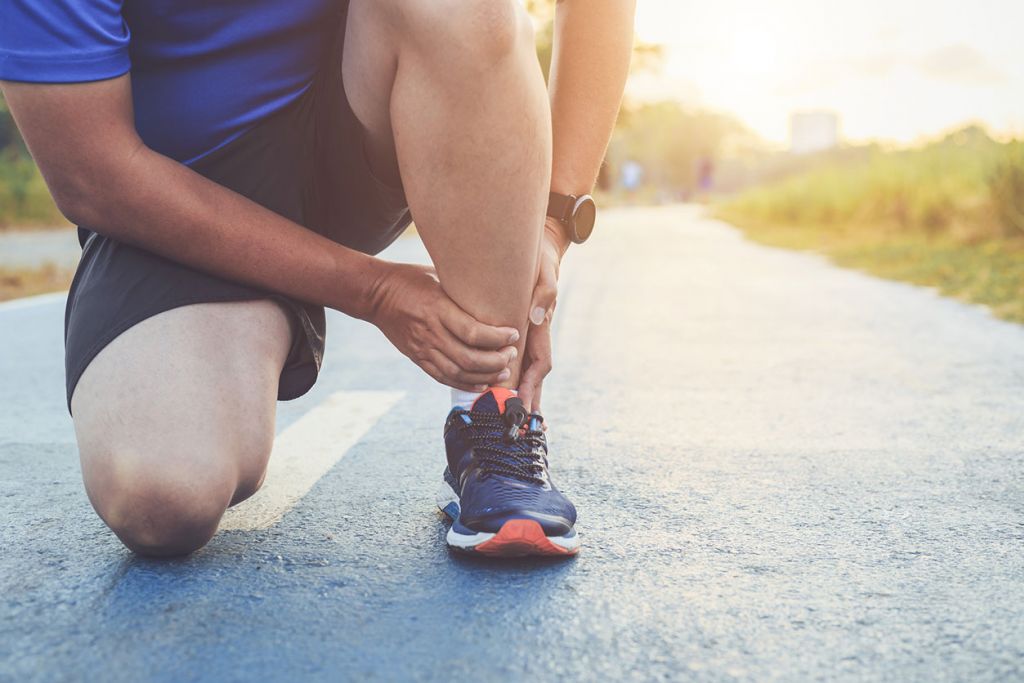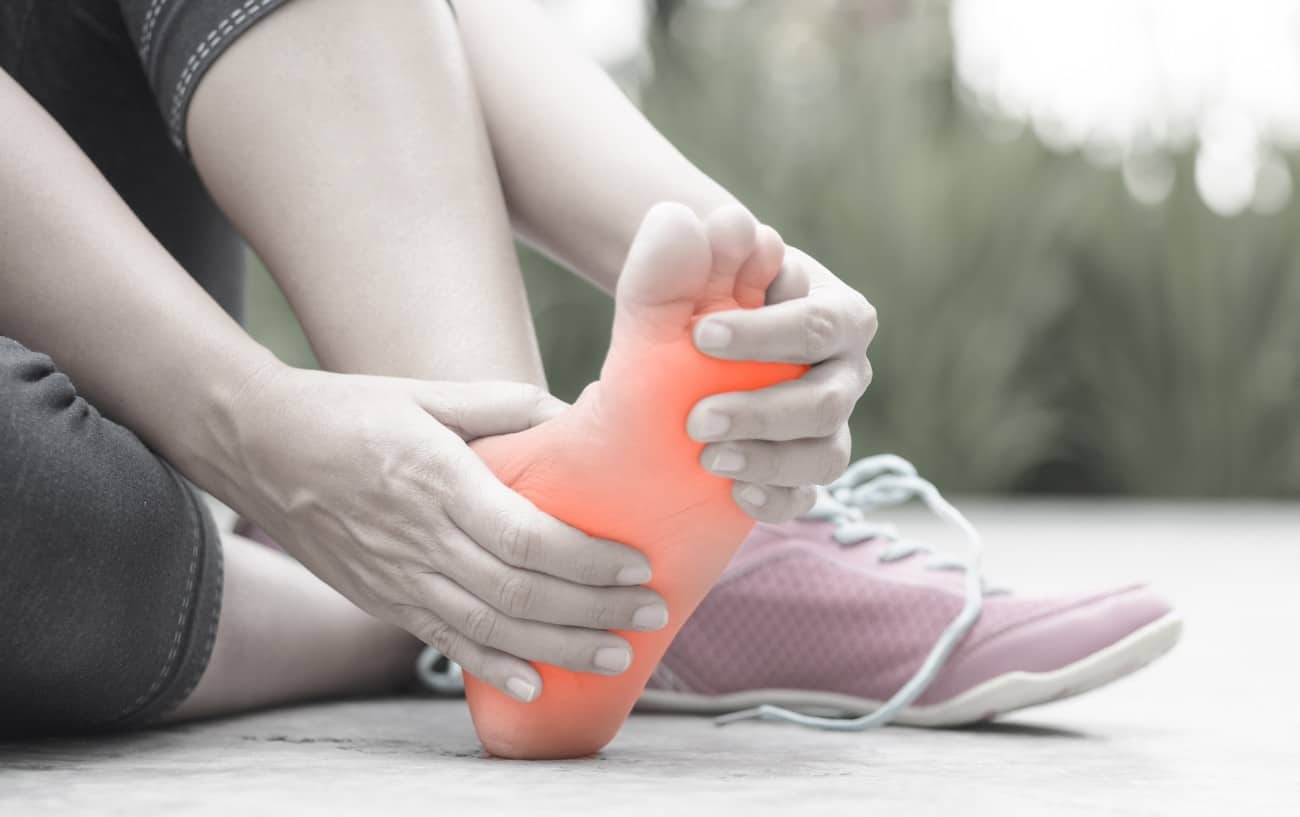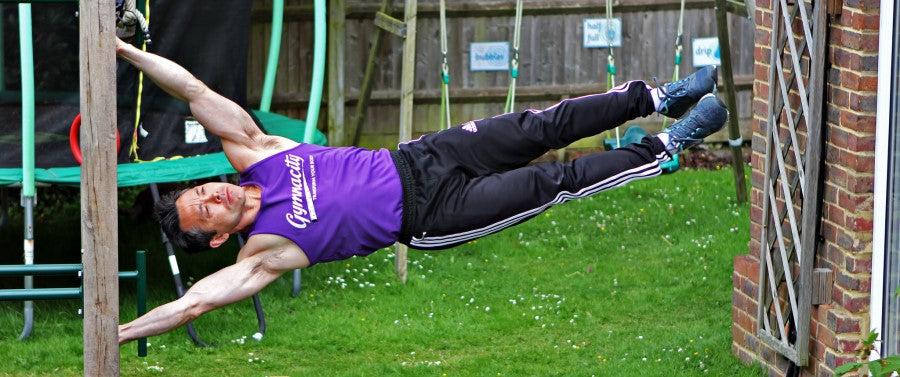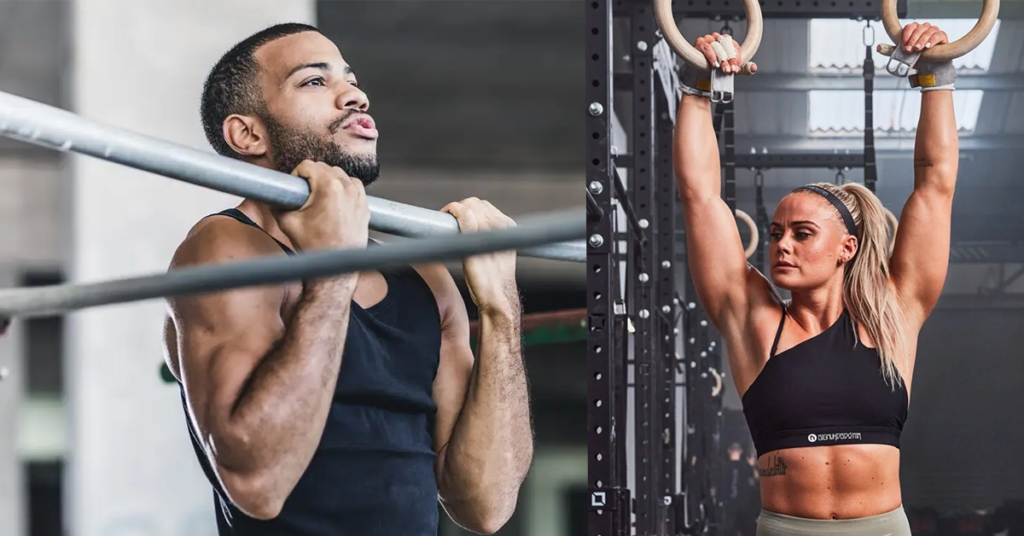
Top Tips To Avoid Injuries While Running
Running is an extremely fulfilling sport. It is acknowledged to be an excellent form of cardiovascular exercise, bringing a myriad of benefits like better stamina, improved sleep, higher immunity, boosted moods, and overall better health. Many people love running and the moments of excitement and joy – as well as pleasantly sore muscles – that it brings. So it’s best to wear the proper footwear, like running shoes, or supportive insoles for comfort.
However, running can also lead to more serious types of pain besides just sore muscles – which may require you to seek the attentions of an osteopathy clinic near you. Before this puts you off the idea of the sport, you should be aware that these pains and injuries can be avoided if you take the proper preventative steps and measures. Read on to find out more.
Common Running Injuries and Complaints
Before we get into the different ways you can prevent running injuries, you should have some knowledge of the common types of injuries faced by runners both casual and dedicated. These include:
- Knee pain. Pain in the knee can be a common running injury and can even escalate to runner’s knee, where the cartilage around your knee wears down.
- Muscle strains. This happens when you overstretch a muscle, usually in the calf, hamstrings, quadriceps, or groin.
- Ankle sprains. When the foot twists or rolls the wrong way, you could accidentally stretch or tear the ligaments surrounding the ankle.
- Shin pain. You could face pain and inflammation in the muscles and tendons around your shin area.
So, how do we avoid these injuries from occurring?
Start by Stretching
Stretching is perhaps the most important thing you can do when it comes to any exercise regime, including running. You need to make sure you stretch both before and after running, not just once.
- Before running: Try dynamic stretching by swinging your legs back and forth, with big arm circles and side-to-side lunges. This will warm your muscles up, prepping them for the activity ahead and thus helping you avoid injury.
- After running: Try static stretching, where you hold your muscles in a stretched position for a longer period e.g. 30-60 seconds. This is best done after exercise as this is when you are warm and have lots of blood pumping through muscles – allowing for a deep stretch which aids in length and flexibility.
Warm up and Cool Down
Getting warmed up at the beginning and starting with a walk is an essential tip to avoid injury. Don’t sprint as soon as you get out of the house; walk for 5 minutes to get your joints lubricated, and then start doing your interval or goal–oriented jog.

The same logic applies at the end of your run: don’t sprint into the house and then head straight for the couch. Make sure you leave 5 minutes at the end to let your body cool down and stretch.
Don’t Forget to Go Slow
This is important advice for novices, but expert runners would do well to remember this too – there is no harm in going slow. Using an interval approach to running can help reduce your likelihood of injury. This means alternating between running and walking so that you don’t put an undue amount of stress on your body over a prolonged period. You could do this by setting mini goals such as running to a particular lamp post before slowing to a walk, or a more systematic time-based approach.
If you are a beginner, definitely do not put pressure on yourself to sprint all the time. Always start out with a gentle jog and then increase your pace as you get more experienced over time.
Wear Proper Footwear
Last but certainly not least, your choice of running shoes is extremely important. If you are running in shoes that you’ve had for years and with the tread worn away, you are doing your body a huge disservice. Invest in some good running shoes and the impact on your joints and muscles will be greatly decreased. If you are unsure of where to get fitted for some decent running shoes, ask your trusted osteo at your regular sport and remedial massage clinic.
Keep Running Safely
We hope these tips for safe running will help you in your running success story. If you are experiencing continuous pain or something doesn’t feel quite right with your body, do not hesitate to ask an experienced osteopath at an osteopathy clinic near you.



